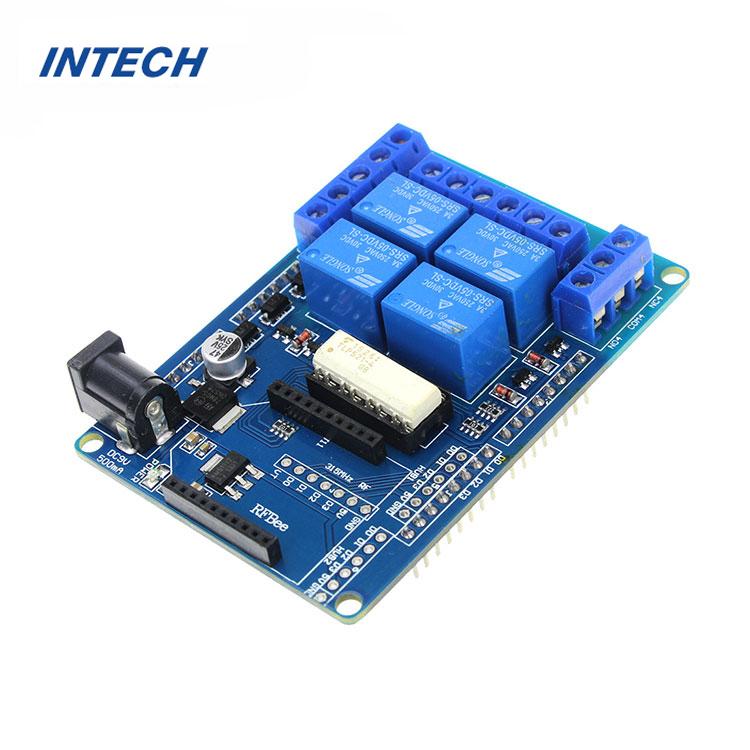Four important functions of PCB board drilling
Date:2023-10-23 11:27:03
Crucial Role of Drilling in PCB Manufacturing Process
The PCB (Printed Circuit Board) is an integral component in electronics manufacturing. It serves as a platform to connect and support various electronic components. One of the key processes in PCB manufacturing is drilling. Drilling plays a crucial role in ensuring the successful development and functionality of PCBs. In this article, we will explore four important functions of PCB board drilling.

1. Creating Holes for Component Mounting
PCBs consist of multiple layers, each containing various electrical paths and interconnections. These connections are established by drilling holes in the board. The holes provide locations for component leads to pass through and establish contact with the conductive layers. Through-hole components and surface-mount technology (SMT) components both rely on drilled holes for secure mounting on the PCB.
2. Enabling Electrical Continuity
Drilling is not only essential for component mounting but also for establishing electrical continuity between different layers of the PCB. After drilling the holes, conductive ingredients are plated within the holes to create a continuous conductive pathway. This allows the electrical signals to flow freely between the conductive layers, ensuring proper functionality and reliability of the PCB.
3. Facilitating Heat Dissipation
PCBs often generate heat during operation, especially in high-power applications. Drilled holes can serve as a conduit for dissipating the heat generated by components. These holes, known as thermal vias, enable the transfer of heat from the heat-generating component to the outer layers of the PCB. Through this thermal dissipation technique, the PCB can prevent overheating and maintain optimal operating temperatures.
4. Ensuring Mechanical Strength
Drilled holes also play a critical role in enhancing the mechanical strength and stability of the PCB. These holes allow the insertion of fasteners, such as screws or rivets, which secure the PCB to its enclosure or other mounting mechanisms. Additionally, during the manufacturing process, drilled holes enable the alignment and registration of each layer, ensuring precise and accurate assembly of the PCB.
Conclusion
PCB board drilling is an indispensable process in manufacturing reliable and functional PCBs. It serves multiple important functions, including creating holes for component mounting, enabling electrical continuity between layers, facilitating heat dissipation, and ensuring mechanical strength. Understanding and implementing these functions result in the production of high-quality PCBs that meet the stringent requirements of the electronics industry.
